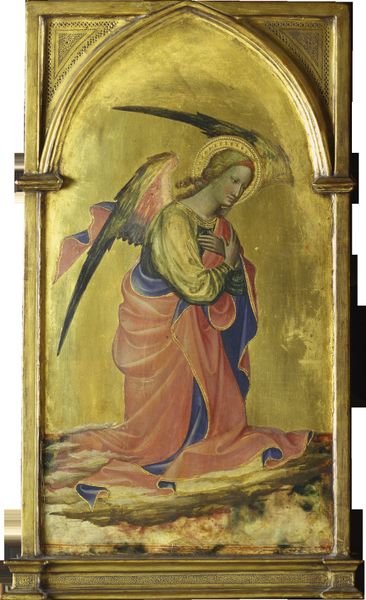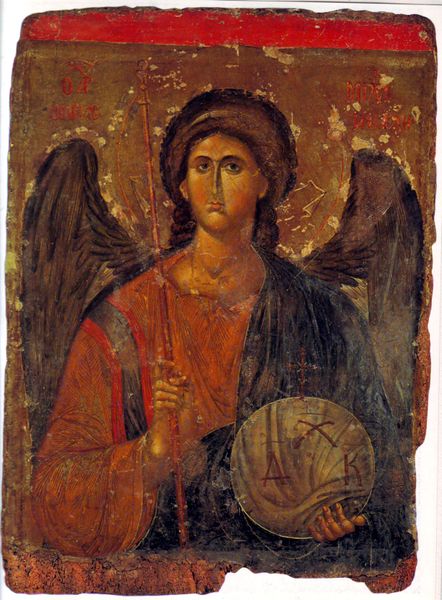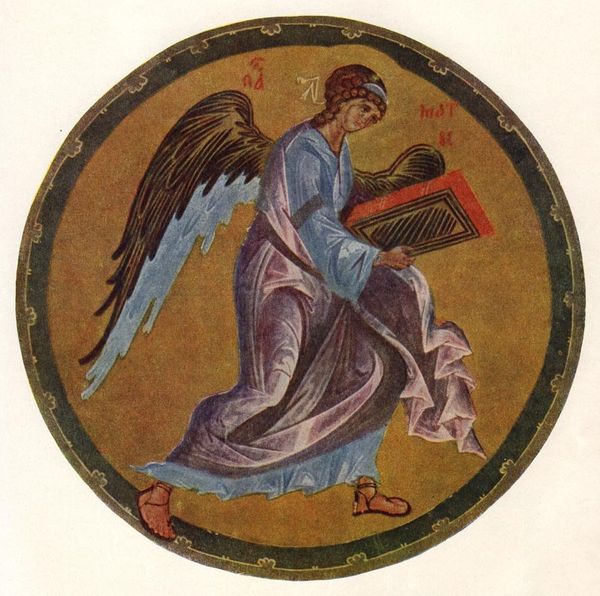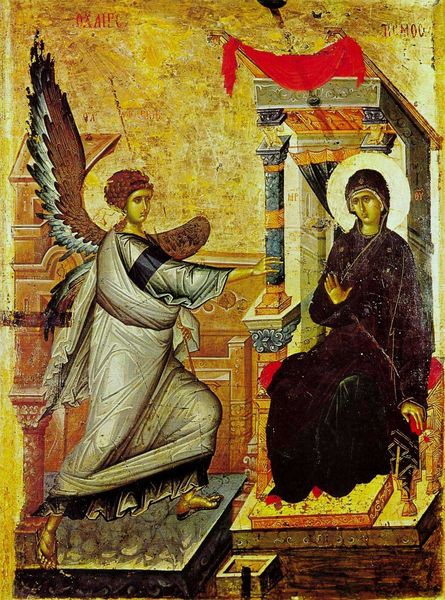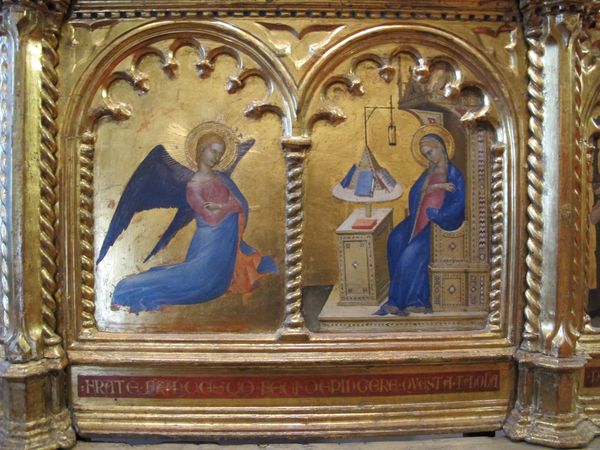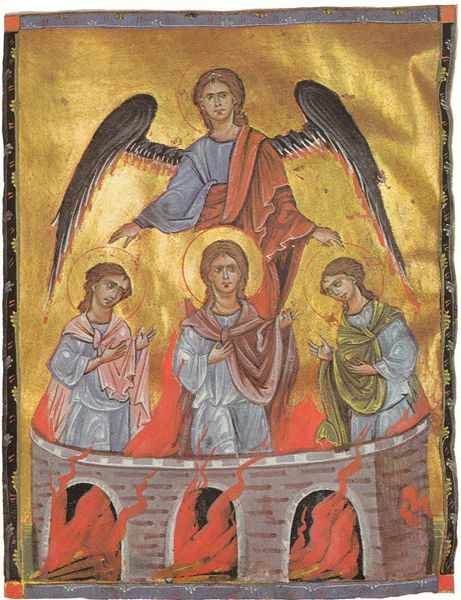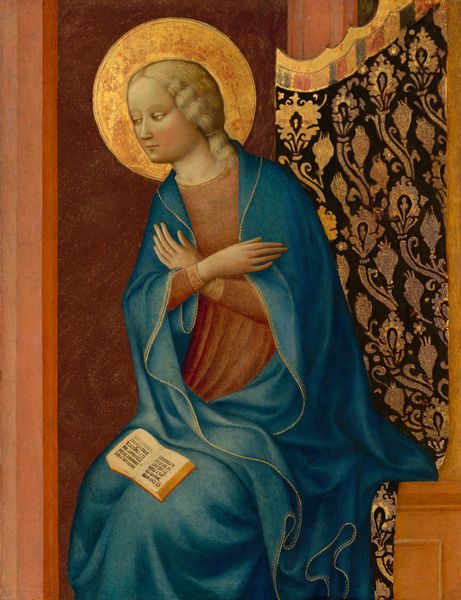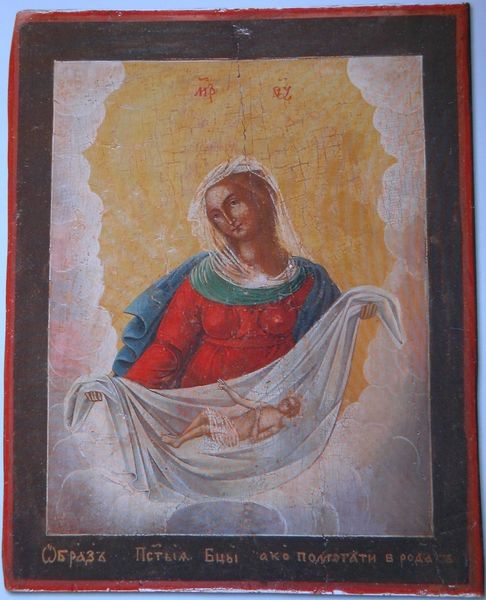
tempera, painting
#
narrative-art
#
tempera
#
painting
#
figuration
#
oil painting
#
history-painting
#
italian-renaissance
#
early-renaissance
Copyright: Public domain
Editor: Here we have Giovanni da Milano's "Annunciation," painted in 1365, using tempera. There's a stillness to the figure, a quiet solemnity in the way the angel is portrayed. How do you interpret this work in relation to its time? Curator: It’s crucial to recognize that artistic portrayals like this reflect, and often reinforce, existing social structures. Consider the Annunciation story itself. A young woman is told her fate by a divine messenger. How might the artist's interpretation either empower or disempower her agency within that moment? Where is Mary? Editor: That's interesting! I hadn’t thought about agency. Curator: Now, observe the artistic choices. The gold background, the angel’s posture – do they contribute to a narrative of divine intervention that reinforces patriarchal power, or is there something else happening here? Does the angel embody femininity, strength, passivity or something else altogether? Editor: I see your point. The kneeling angel could be interpreted as subservient, or maybe as humble? Is it really submissive, or is it reflective of a more nuanced feminine identity? Curator: Precisely! And let's push further: How might a female artist depict this scene differently? Whose perspective dominates art history, and whose voices have been marginalized? Consider this Annunciation not just as a religious scene, but as a social commentary. Who benefits from this imagery? Editor: Wow, I never considered the painting could be looked at as a patriarchal construct. This has given me a lot to think about. Thanks. Curator: Likewise. It's crucial we analyze and engage with art as an intersection of skill, power, identity, and socio-cultural messages, and to use that perspective to shape our contemporary world.
Comments
No comments
Be the first to comment and join the conversation on the ultimate creative platform.


